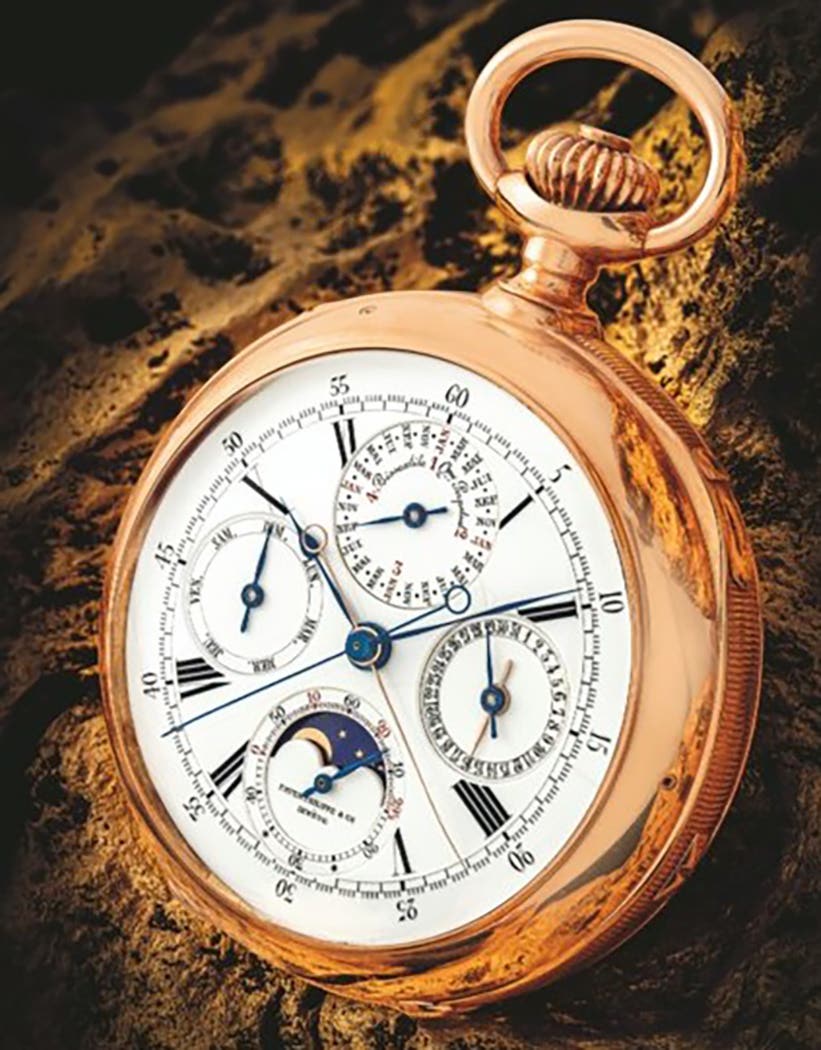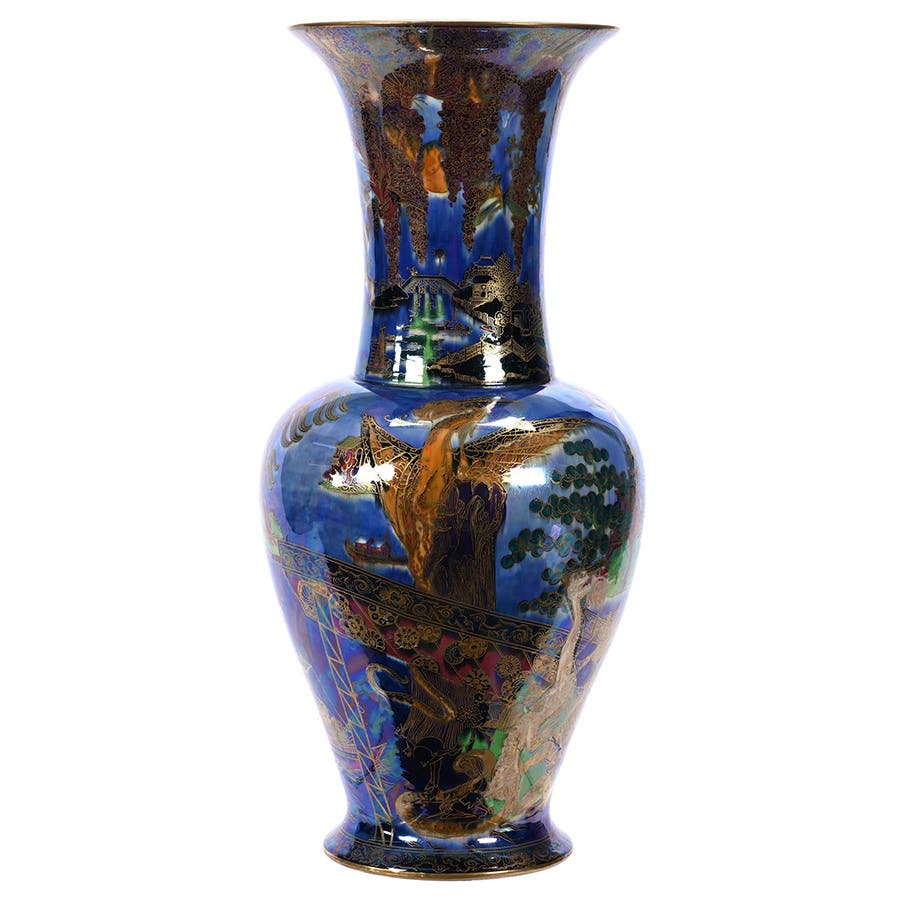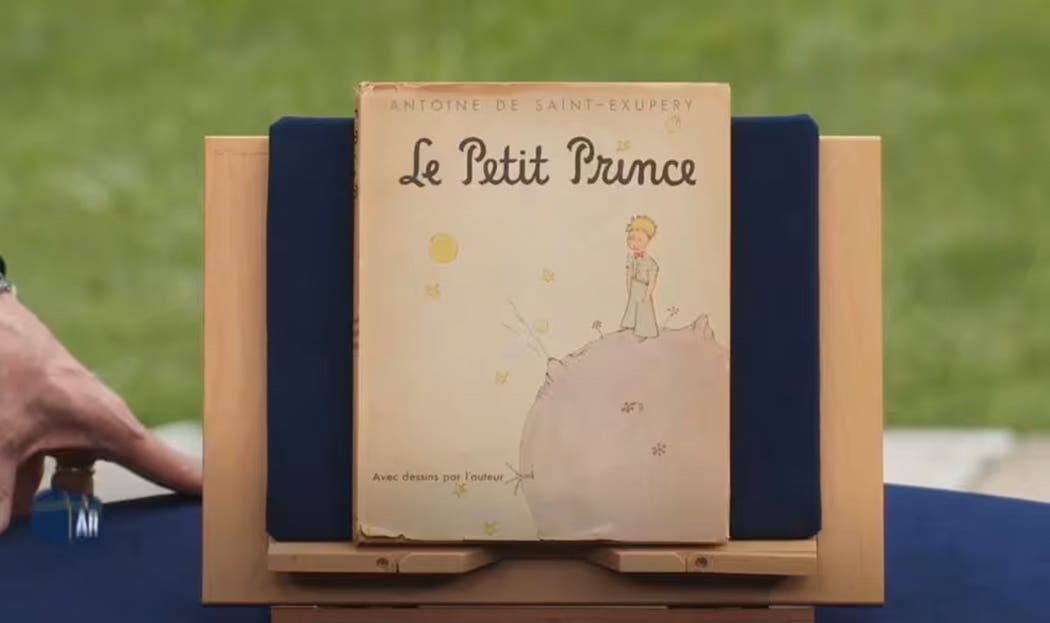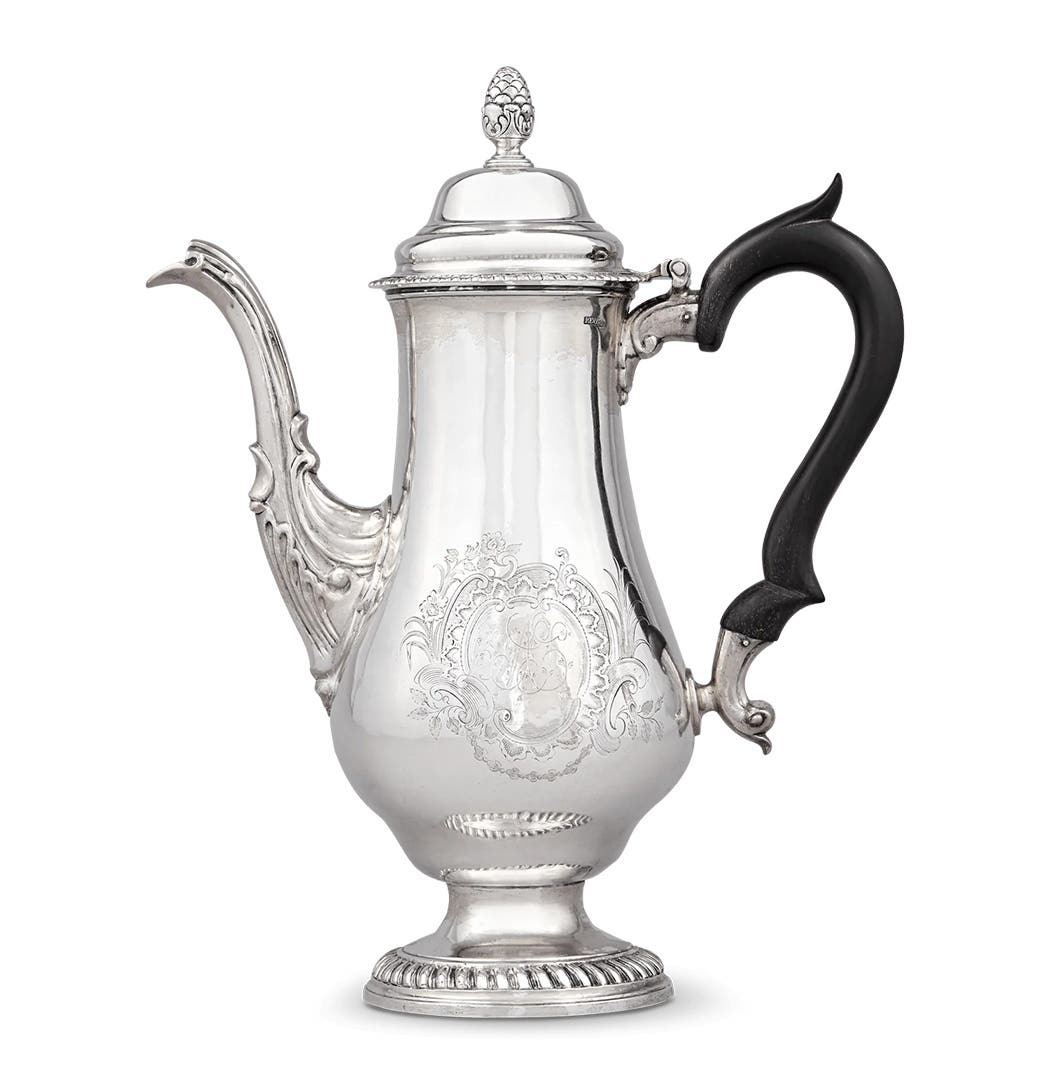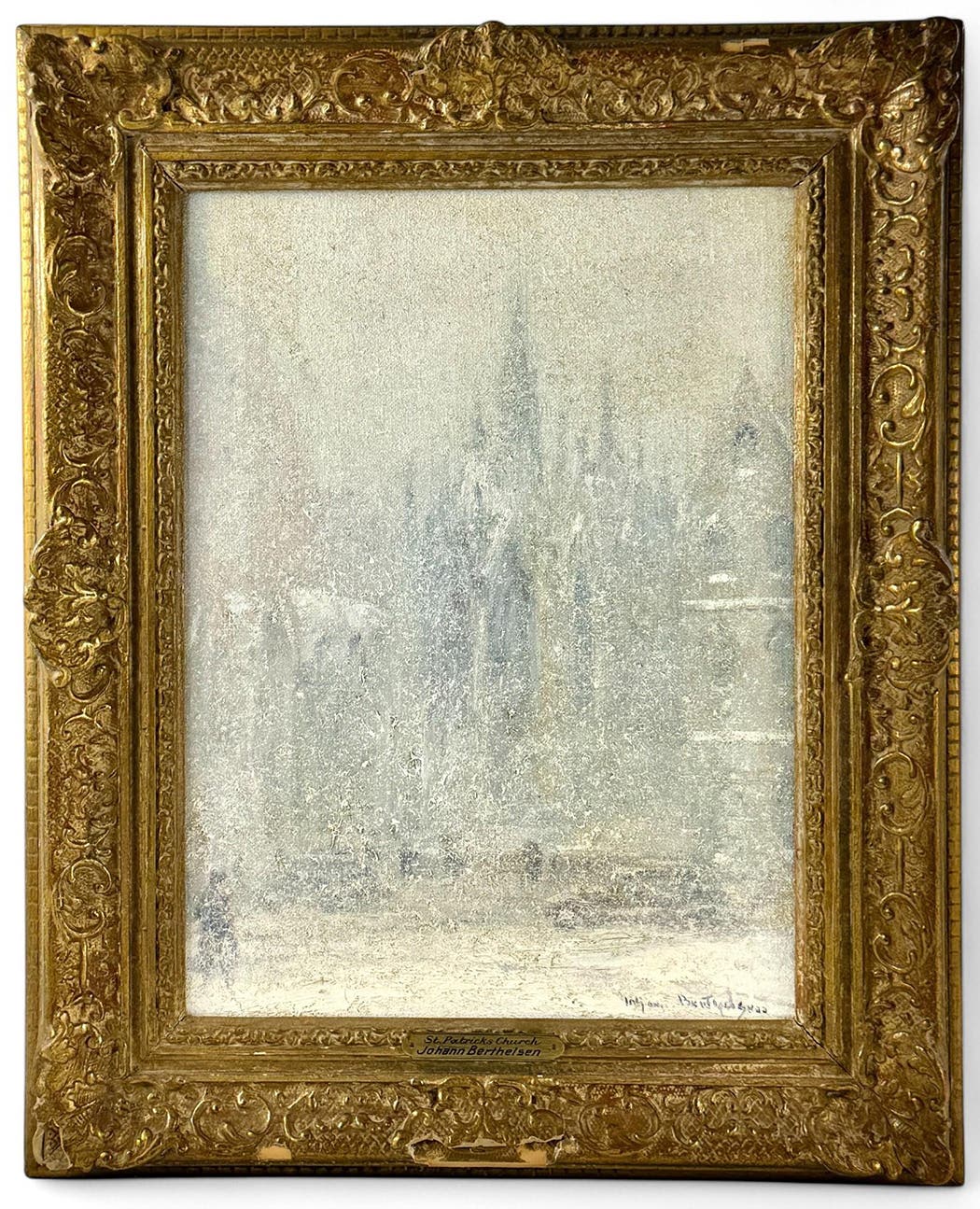Marriage By Mail: Postcards serve as record of ancestors’ courtship
Lee Rawdon and Edna Ary, like so many young couples of the 19th and early 20th centuries, ‘went a courtin’ and a big part of it was done via postcards. Today Lee and Edna’s ancestors celebrate and carry on their legacy of love, through their postcards.
Nelda Rachels
One hot August day, after Lee Rawdon had visited Edna Ary at her parents’ place in Flatwoods, he had an almost deadly encounter with a rattler. He may have been too deep in thought about his recent visit, thinking about something Edna had said or the way her hair fell across her thin shoulders. So, maybe he wasn’t paying enough attention as he and his buggy traveled up and down the hills and around the sharp curves of the Middle Tennessee roads towards his home in Aetna.
As Lee’s horse cantered along, a large snake slithered onto the graveled roadway. It raced to get across but ran instead into the front left wheel of the buggy. Somehow, the snake’s lower body got caught in the wheel’s spokes. The frightened horse broke into a run, whipping the long snake into the air. Lee ducked and leaned as far as he could to the other side of the buggy seat. Still, the rattlesnake was slung up into his face and, as he reported later, “I liked to got rattlesnake bit.”
Finally, the wheel and snake parted company. Lee, pale and shaken, pulled the reigns and halted horse and wagon. After his heart rate returned to normal, he continued homeward.
His next postcard to Edna told the harrowing tale. After stating that the wheel “slung him in my face,” Lee then reports that the snake “was just above John Anderson’s place. I guess you all had a joyful meeting after we left.”
Evidently, there’s nothing like a church meeting to put you back in mind of God’s saving grace. Lee’s postcard was one of more than 677 million cards mailed that year (1908) even though the U.S. population consisted of less than 90 million people, many of whom were illiterate. It was the Golden Age of postcard collecting, and my great grandparents were a part of that craze. By the time they married in about 1911, each had an album filled with cards from each other and a few more from cousins, siblings, and friends. Great Grandmother Edna Ary’s album contains 169 cards, and Great Grandfather Lee Rawdon’s album contains 85. Our family tends to share the albums and pass them around from house to house. There’s no better way to learn a bit of family history.
Though they lived maybe 25 miles apart, Lee’s horse and buggy took a day or more to make the two-way trip. Such trips were reserved for the occasional Saturday and Sunday, when the couple could attend church together. However, friendship, then love, usually traveled via the U.S. mail. One card, postmarked February 18, 1909, apologizes for the delay in answering. Lee explains, “The creek’s up and the mail carrier could not cross. He didn’t come till the 17th.”
Couplets, short poems popular in the day, were often included on the cards. Some of Edna’s cards to Lee declare that love won’t be stopped by the likes of floods or geography. She writes, “The road is long and shady / The sea is wide and deep. / I think of you Dear / a thousand times a week.“If the poetry wasn’t Shakespeare quality, at least it was heartfelt, and the pictures on the front of the cards were and are fantastic! Germany was a major publisher of colorful postcards at the time and continued to churn them out until World War I. Despite a prodigious output by numerous publishers, Lee complains to Edna, “Forgive me—I did not write for I did not have any card that was any count.”
In 1898, the Postal Service had begun allowing private companies to share in the government’s monopoly of printing and producing postal cards. The first year that writers could legally write a message on the address side of a card was 1907, the year most of the family collection begins. All the cards have the iconic Franklin one-cent stamp in the right-hand corner. Now, it costs 35 cents to send a Twitter-sized message on a postcard through the U.S. mail.
The pre-WWI cards record the history of a family and southern culture. Religious debates, church meetings, and singing schools met many of the spiritual, social, and entertainment needs of the rural South. Their cards record their attendance at these events. In a 1908 postcard, Edna tells Lee about a singing school she was attending. “You should be here,” she writes. A card from a friend asks, “When will the debate be between Brethren Sisco and Skelton?” And another: “Hope you can come to the Sinking Creek meeting.”
Sickness and death made up other news. In a February 1910 card, Lee asks forgiveness for not writing sooner as he had been sitting up with a sick man. In another sad card, in Lee’s album, his brother Blaine Rawdon writes to their mama: “Hello, mama. Daniel Ary’s baby about to die. Sayin’ goodbye.” And another, from Edna: “Mama dying. I’m staying with her.”
Happier times were represented by pea pullin’s, cane cutting, grape hunting, peach and apple picking.
Regardless of the news, the postcard writers—Lee, Edna, or others—usually scribbled down a few lines of poetry. Thus, we shall end with some of those happy lines.
Forget me not / Forget me never / Till yonder’s sun / shall set forever.
This little token / Sent by me / Brings best wishes / Dear to thee.
Ducks on the millpond / Ships on the ocean / Boys can’t marry / Unless girls take a notion.
Bees love honey / Flowers love dew / Angels love heaven / God knows I love you.
The world is filled with flowers / The flowers are filled with dew / The dew is filled with love / For you, and you, and you.When the golden sun is setting / And your mind from care is free / When of others you are thinking / Will you something think of me?
When I first saw your sparkling eyes / and heard your charming voice / I set my heart to roam no more / But took you for my choice
Indeed, Lee and Edna’s choice to marry one another lasted till death parted them: Lee in 1968, with Edna passing in 1971. Fifty-seven years, courtesy of the U.S. mail.
This article was originally published in Hometown of the Ken-Tenn Area, http://hometownkentenn.com. Reprinted with permission.

